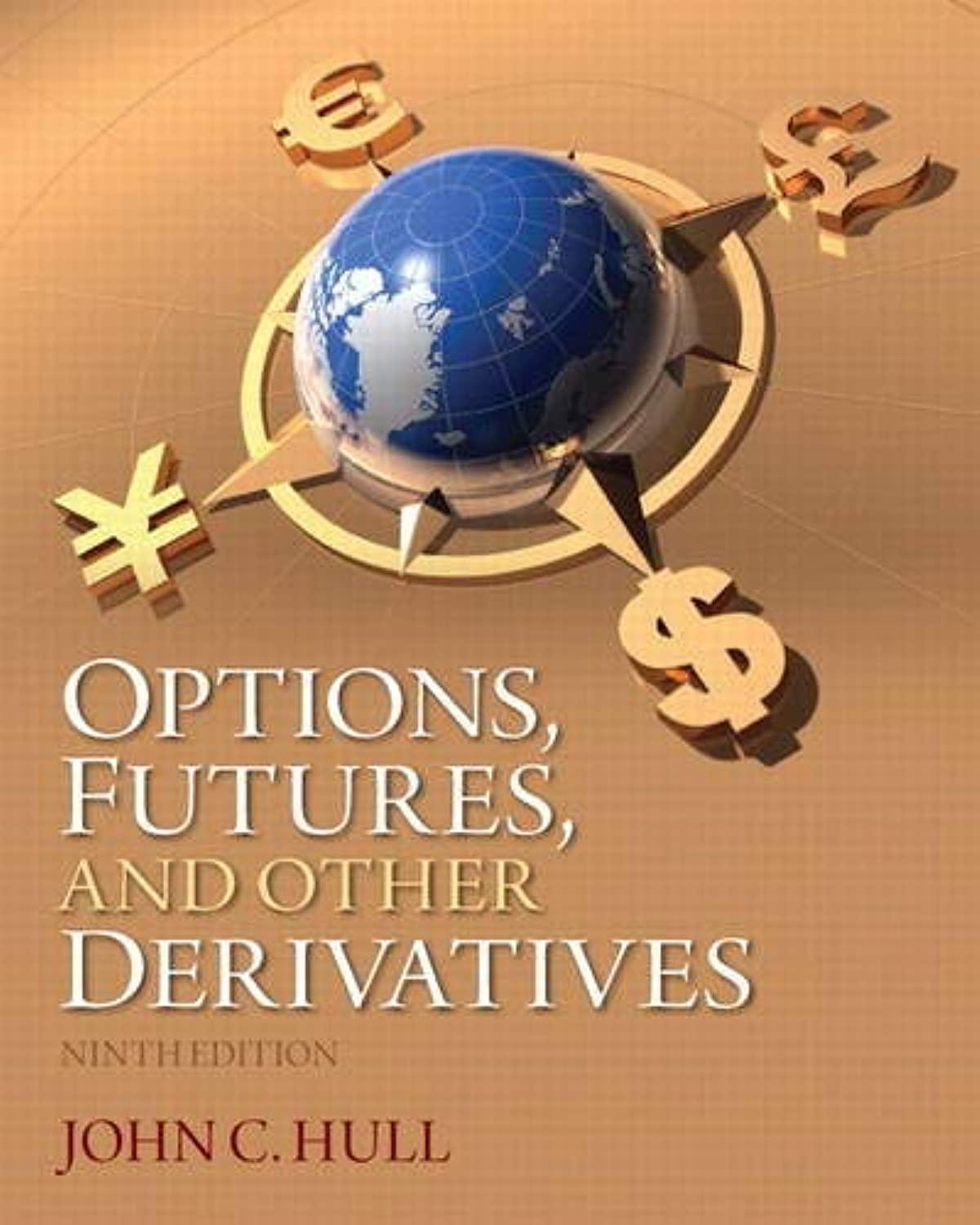Question
Question 49 The following question illustrates the APT. Imagine that there are only two pervasive macroeconomic factors. Investments X, Y, and Z have the following
Question 49
The following question illustrates the APT. Imagine that there are only two pervasive macroeconomic factors. Investments X, Y, and Z have the following sensitivities to these two factors:
| Investments | b1 | b2 |
| X | 1.75 | 0.25 |
| Y | 1.00 | 2.00 |
| Z | 2.00 | 1.00 |
Assume that the expected risk premium is 4% on factor 1 and 8% on factor 2. Treasury bills offer zero risk premium.
a. According to the APT, what is the risk premium on each of the three stocks?
b. Suppose you buy $200 of X and $50 of Y and sell $150 of Z. What is the sensitivity of your portfolio to each of the two factors? What is the expected risk premium?
c. Suppose you buy $80 of X and $60 of Y and sell $40 of Z. What is the sensitivity of your portfolio to each of the two factors? What is the expected risk premium?
d. Finally, suppose you buy $160 of X and $20 of Y and sell $80 of Z. What is your portfolios sensitivity now to each of the two factors? And what is the expected risk premium?
Question 50
Consider the three factor APT model
Factor Risk Premium Change in GNP 5%
Change in energy prices -1
Change in long-term interest rates +2
Calculate the expected rate of return on the following stocks. The risk free interest rate is 7%.
a. A stock whose return is uncorrelated with all three factors
b. A stock with average exposure to each factor (i.e., with b = 1 for each)
c. A pure play energy stock with high exposure to the energy factor (b=2) but zero exposure to the other two factors
Question 51
Maroc Group of Companies (MGC) Ltd is considering an investment in an equipment costing GH80,000. The equipment would attract a 25% annual written down allowance. The operating cash flows are expected to be as follows:
Year GH
1 30,000
2 40,000
3 20,000
The investment would also require additional working capital of GH25,000 in the year of investment which will be recovered at the end of the project. The project is expected to have a useful life of three years after which the investment would be scrapped at a value of GH50,000. The rate of tax on profits is 30%. The companys cost of capital is 8%. As a financial manager of MGC:
- Estimate the cost of capital for MGC
- Assess the viability of the investment using the Net Present Value (NPV) approach
- Determine the Modified Internal Rate of Return (MIRR)
Question 52
The following information pertains to Augustina Co. Ltd. Revenues, which are forecasted to be $500 million in one year, are expected to grow at 10 percent per year for the two years after that, 8 percent per year for the next two years, and 6 percent per year after that. Expenses including depreciation are 60 percent of revenues. Net investment, including net working capital and capital spending less depreciation, is 10 percent of revenues. Because all costs are proportional to revenues, net cash flow (sometimes referred to as free cash flow) grows at the same rate as do revenues. GHCS is an all-equity firm with 12 million shares outstanding. A discount rate of 16 percent is appropriate for such a firm. Assume tax rate as 40%.
Compute for the Price per share of Augustina Co. Ltd
Step by Step Solution
There are 3 Steps involved in it
Step: 1

Get Instant Access to Expert-Tailored Solutions
See step-by-step solutions with expert insights and AI powered tools for academic success
Step: 2

Step: 3

Ace Your Homework with AI
Get the answers you need in no time with our AI-driven, step-by-step assistance
Get Started


